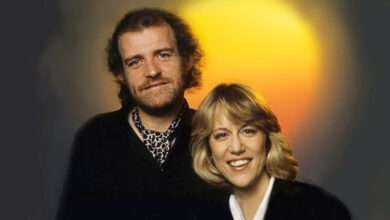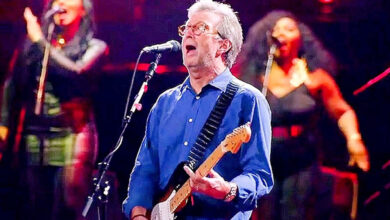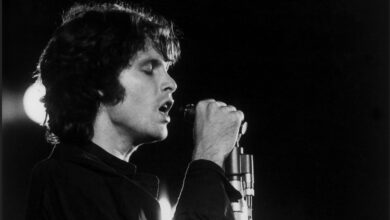This Song Remains Timeless, Still a Masterpiece 49 Years Later
**Bohemian Rhapsody** is one of Queen’s most celebrated and distinctive songs, hailed as a masterpiece of modern music. Released in 1975 on the album “A Night at the Opera,” the song was written by Freddie Mercury, the band’s charismatic and innovative lead vocalist. It stands out for its complex structure, encompassing multiple musical styles and lyrical themes in a format that was unconventional for its time.
The song is often described as a rock opera in miniature, lasting nearly six minutes and eschewing the typical verse-chorus structure of most rock songs. Instead, it is divided into several distinct sections: an a cappella introduction, a ballad segment, an operatic passage, a hard rock part, and a reflective coda. This arrangement was groundbreaking, as it merged elements of classical music with rock, and showcased the band’s versatility and Mercury’s ambitious songwriting.
“Bohemian Rhapsody” begins with Mercury’s solo vocal line accompanied only by piano, setting a dramatic tone. The narrative lyrics, which hint at a confession, soon build into a ballad before transitioning into an operatic section characterized by elaborate harmonies and a mock opera dialogue derived from random phrases Mercury appreciated for their phonetic sound rather than their meaning. This section features a multi-tracked harmony vocal arrangement that was innovative and complex, involving hours of studio work to achieve the desired effect.
Following the operatic segment, the song shifts dramatically into a hard rock style, driven by Brian May’s powerful guitar riff, which provides a stark contrast to the earlier lyrical and melodic sections. This leads into the final part, where the song returns to the mood and themes of the opening, culminating in a powerful, melancholic closure that leaves the listener reflecting on the journey the song has taken.
“Bohemian Rhapsody” was a commercial success, topping the charts in multiple countries and becoming one of the best-selling singles of all time. Its popularity was further enhanced by its promotional video, which is considered one of the earliest and most influential music videos. It effectively allowed the band to appear on television shows without actually being present, helping to popularize the concept of music videos in the process.
The song’s critical reception has been overwhelmingly positive, with many praising its innovation, complexity, and the bold artistic vision that defied the expectations of rock music. It has won numerous awards and has been recognized in various ‘greatest songs’ lists compiled by critics and the public.
Freddie Mercury’s persona and his performance on “Bohemian Rhapsody” are often noted as key factors in the song’s impact. Mercury’s flamboyant stage presence and his range as a vocalist were perfectly suited to the theatrical and varied styles of the song. Despite speculation about the song’s cryptic lyrics, Mercury never fully explained its meaning, preferring to let listeners interpret it in their own ways.
In conclusion, “Bohemian Rhapsody” is not just a song but an audacious piece of art that challenged and expanded the possibilities of rock music. Its legacy endures, continuing to captivate audiences and influence musicians around the world. Queen’s contribution to music was further recognized when they were inducted into the Rock and Roll Hall of Fame in 2001, with “Bohemian Rhapsody” often highlighted as a pinnacle of their creative output.





